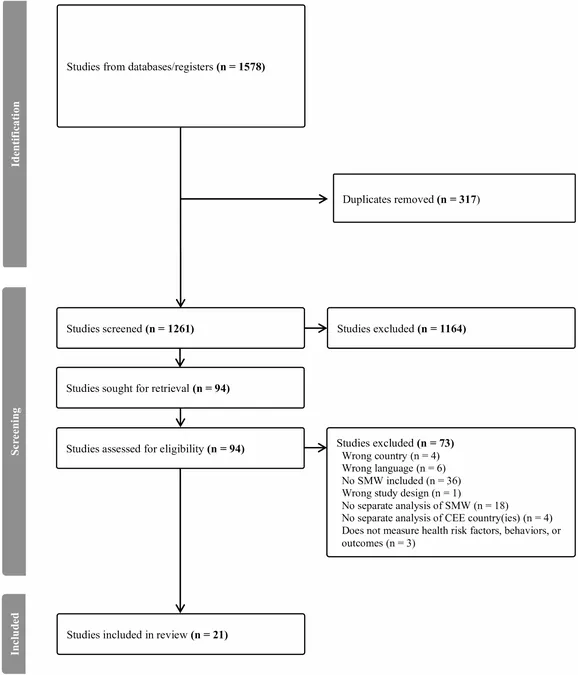
Unveiling the Secrets of Interstellar Wanderers: Scientists Gear Up to Chase Cosmic Nomads
2025-04-15
Author: Mei
A Brief Encounter with the Unknown
In late 2017, a remarkable object zipped through our solar system, capturing the attention of astronomers worldwide. Named 'Oumuamua, which means "scout" in Hawaiian, this elongated traveler measured a staggering 0.25 miles (400 meters) in length—10 times longer than it was wide.
The First Known Interstellar Visitor
This was no ordinary occurrence; 'Oumuamua was identified as the first object from another star to venture into our solar neighborhood. Such interstellar objects (ISOs) are like cosmic drifters, ejected from their home star systems by dramatic cosmic events, such as collisions.
A Second Glimpse of the Exotic
Just two years later, another ISO, the Borisov Comet, was unearthed by an amateur astronomer in Crimea. These extraordinary visitor give us tantalizing insights into objects from far beyond our own solar system.
A New Frontier for Scientific Exploration
Imagine the wealth of information we could acquire by studying these cosmic mysteries up close! Analyzing ISOs would unveil secrets about distant star systems that are otherwise unreachable. Astronomers estimate that a staggering 10 septillion (10 followed by 24 zeros) ISOs might exist within the Milky Way. But why have we only caught sight of two?
The Challenge of Detection
The answer lies in their speed and unpredictability. Large ISOs like 'Oumuamua don't frequent our neighborhood often and travel at breakneck velocities, making detection a race against time. Despite advanced ground- and space-based telescopes, we often miss them until they're already zooming past.
Pioneering Missions to Intercept ISOs
But hope is on the horizon! NASA's Bridge mission and the European Space Agency’s Comet Interceptor are set to transform how we engage with these interstellar visitors. The Comet Interceptor, launching in 2029, aims to position itself a million miles from Earth, ready to pounce on elusive comets or ISOs.
Speed and Innovation: The Key to Success
While current missions are a step forward, they struggle with speed. Future endeavors may harness cutting-edge AI to detect and respond to these cosmic wanderers instantly. Imagine spacecraft operating in swarms or utilizing solar sails propelled by sunlight to navigate through space at incredible speeds.
Testing New Materials for Extreme Environments
As we approach ISOs, spacecraft will need to endure extreme heat and erosion from dust. Innovative materials, including advanced carbon fibers and even 3D-printed components, are being explored to build lighter and more resilient vehicles.
A Collaborative Vision for the Future
Combining ground- and space-based efforts is crucial in our quest to discover and study ISOs. Emerging technologies could allow spacecraft to autonomously predict trajectories and engage with these objects. However, potential funding cuts threaten these ambitious projects.
Don’t Miss the Next Cosmic Opportunity!
The universe's treasures await just beyond our reach. With the right innovations and support, we might soon turn fleeting encounters with interstellar wanderers into groundbreaking scientific explorations. Who knows what wonders lie ahead as we prepare to chase the stars!





 Brasil (PT)
Brasil (PT)
 Canada (EN)
Canada (EN)
 Chile (ES)
Chile (ES)
 Česko (CS)
Česko (CS)
 대한민국 (KO)
대한민국 (KO)
 España (ES)
España (ES)
 France (FR)
France (FR)
 Hong Kong (EN)
Hong Kong (EN)
 Italia (IT)
Italia (IT)
 日本 (JA)
日本 (JA)
 Magyarország (HU)
Magyarország (HU)
 Norge (NO)
Norge (NO)
 Polska (PL)
Polska (PL)
 Schweiz (DE)
Schweiz (DE)
 Singapore (EN)
Singapore (EN)
 Sverige (SV)
Sverige (SV)
 Suomi (FI)
Suomi (FI)
 Türkiye (TR)
Türkiye (TR)
 الإمارات العربية المتحدة (AR)
الإمارات العربية المتحدة (AR)